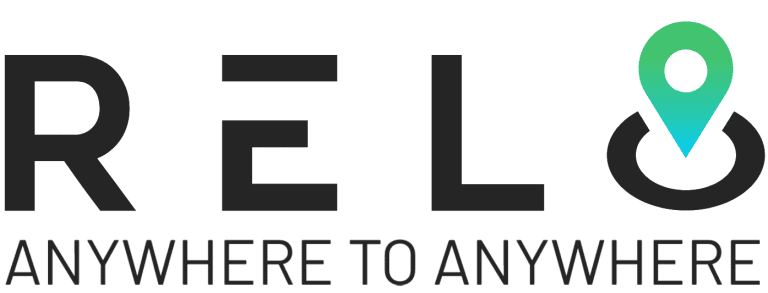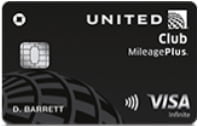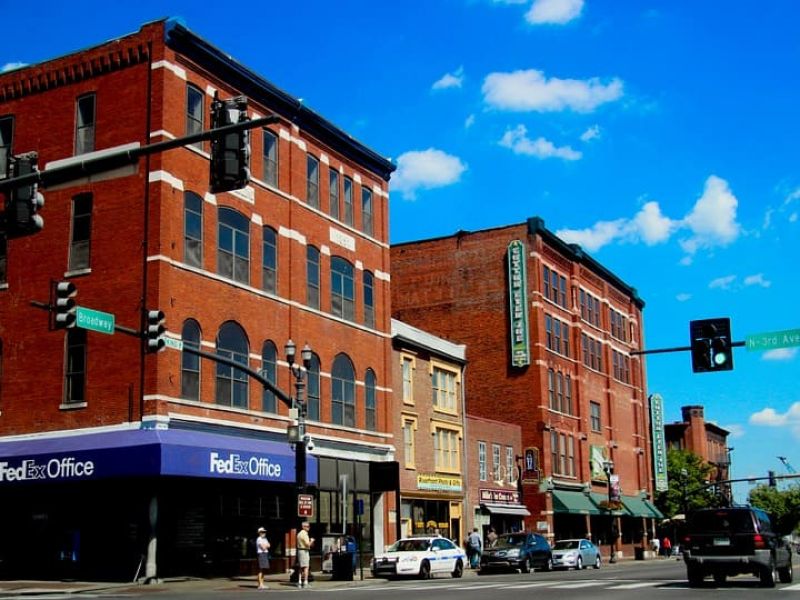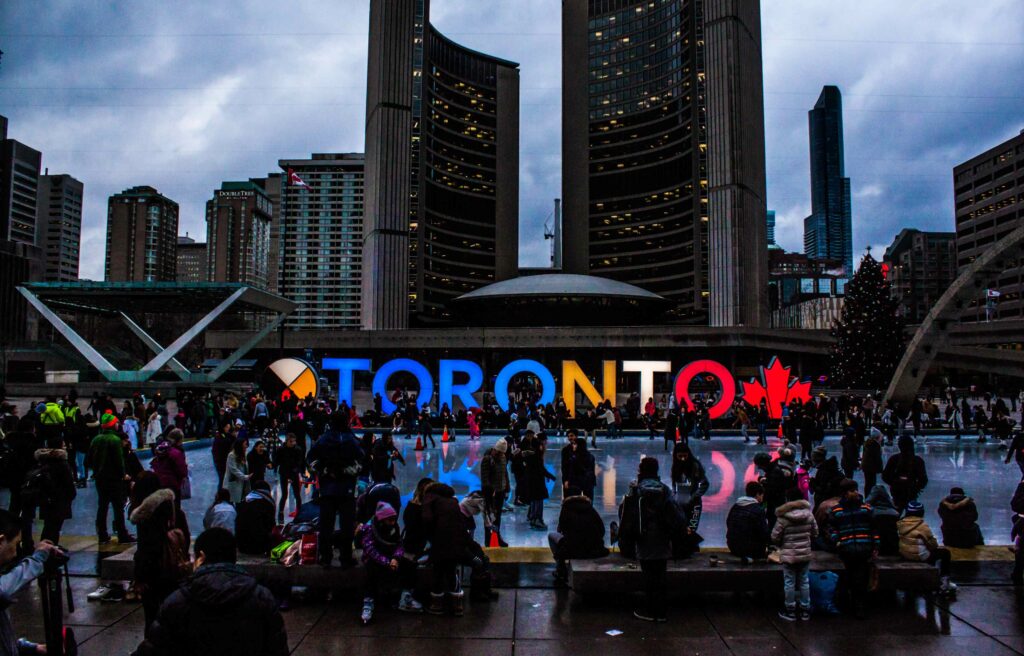On a cool Tuesday in early spring, Rachel Kim sat inside her Brooklyn apartment studying an email from a program she had learned about only weeks before. The message was simple. “You’re approved for the Tulsa Remote Relocation Program.” The message outlined a $10,000 grant, workspace access, and a supportive network waiting for her in Tulsa if she decided to move.
Month after month, rent had swallowed her savings. A quieter life sounded like relief. The unknowns of a midwestern city she had never visited made her pause. Her story reflects a growing chorus of remote professionals evaluating whether this offer, shaped by money and community design, stands up in real life.
This article looks closely at the Tulsa Remote Program to determine if the grant is genuinely worth the move.
What is the Tulsa Remote Relocation Program?
The Tulsa Remote Relocation Program began in 2018. It was created to welcome remote workers. Moreover, it offers money and community tools. These tools help people build a stable life in the city. Additionally, the program is funded by the George Kaiser Family Foundation. It has drawn thousands of applicants since launch.
Overall, the goal is to bring skilled workers into Tulsa and support the local economy. Each participant adds more than $18,000 a year to local spending (Yahoo Finance).
Consequently, the Tulsa Remote program is gaining national notice. It shows that smaller cities can attract talent. It also proves that remote work can support local growth.
Related – What is the Anticipated Impact of Remote Work on Job Market Trends?
Who Is Eligible to Apply?
The Tulsa Remote Relocation Program is designed for remote workers who live outside Oklahoma. You must be eighteen and permitted to work in the United States. In addition, you need steady remote employment or self-employment that operates outside of Oklahoma.
You must be living outside of Oklahoma for twelve straight months before applying. When approved, you must move to Tulsa within the next twelve months.
Together, these rules ensure that new participants bring fresh income, skills and long-term commitment into the city.
“When I read the requirements, I realized they wanted people who were serious,” Anna Lopez said. “It felt like they were asking me to picture an actual life waiting for me in Tulsa.”

How Does the $10,000 Grant Work for New Participants?
The program provides $10,000 to help cover relocation and early living costs. A portion is released soon after you move, while the final amount comes once you finish a full year in Tulsa. This approach supports steady adjustment and reduces early financial stress.
The funds often cover moving trucks, deposits, furniture and travel. Many people use the remainder to create a savings buffer.
The 2024 impact findings show that 3,475 remote workers have moved through the Tulsa Remote Relocation Program. 96% reach the one-year mark, and 70% remain in Tulsa afterwards (Tulsa Remote).
What Additional Support Does the Tulsa Remote Relocation Program Provide?
Participants receive a membership at 36 Degrees North. It is the largest coworking space in Tulsa. With long hours, people settle in fast. Soon, newcomers find a table, a conversation and a steady rhythm.
They also meet community managers who guide them with steady patience. As days pass, local events and small workshops draw people into shared rooms where talk comes easily.
Beyond this, the Tulsa Remote program offers quiet but steady help. It introduces newcomers to neighborhoods, trusted services and volunteer groups that hold the city together.
As a result, the first weeks feel less uncertain. New residents start to recognize familiar faces. Soon, they learn simple routes around the city. Over time, these routines feel natural. As a result, a quiet sense of belonging begins to form.
How Does the Cost of Living in Tulsa Compare to Major Cities?
Tulsa offers gentle housing costs. A one-bedroom is usually $950. Major cities like New York and Seattle often list the same unit for $2,500 to $3,200. The difference becomes clear the moment people compare rent.
Daily expenses stay low. A grocery trip averages $60. In Los Angeles, the same groceries total about $90. Coffee often reaches $5, not $3. Tulsa residents typically spend less than $100 on transportation.
These savings grow quickly. Many newcomers keep $8,000 to $12,000 more each year.
“Tulsa gave me financial breathing room I never had in Chicago,” said Lena Ortiz.
What Is Daily Life Like for Remote Workers in Tulsa?
Daily life in Tulsa feels calm. It is easier to manage than in major metro areas. In addition, commutes are short. Most drives take less than twenty minutes.
The city offers strong cultural spaces, including the Arts District, the Gathering Place park and several museums.
Remote workers enjoy quiet neighborhoods and a growing food scene. Many say hobbies return to their lives. A quieter city helps them stay productive.
Also read – The Ultimate Guide to Lucrative Relocation Incentives for Remote Workers
How Does the Tulsa Remote Relocation Program Help Participants Find Housing and Settle In?
The program offers housing guidance. It begins with simple neighborhood overviews. Then, participants receive rental suggestions. Yet, they meet trusted local agents. Participants receive help understanding commute times and local amenities. This support makes it easier to choose a suitable area.
Community managers also assist during the transition period. They help newcomers navigate utilities, local registrations and important services.
As a result, many participants settle comfortably within the first month.
What Community Events and Networking Opportunities Are Offered?
It makes meeting people easy. Events and volunteer days help newcomers connect fast. Gradient offers a free three-year membership, giving newcomers a reliable workspace. Similar access elsewhere often costs more than $2,000 per year.
As people settle in, they join hiking groups, book clubs and small cultural events. Monthly networking sessions help them meet other professionals. Wellness perks through Benepass add fitness studios, spas and mental health support.
Finalists can also take a Hosted Visit to explore Tulsa before moving. With these resources, the community forms early, and the move feels easier.
Are There Safety Considerations to Know Before Relocating?
Safety shifts gently from one neighborhood to another. Some streets feel still and familiar, while others carry more movement and noise. The program urges newcomers to walk these areas, observe their rhythms and speak with residents before they decide where to live.
New residents soon understand that Tulsa follows safety patterns common in similar cities. With thoughtful planning, they choose neighborhoods that fit their needs.
As they adjust, many describe a growing sense of ease.
Which Types of Remote Workers Benefit Most From Relocating to Tulsa?
People who carry the weight of crowded cities often find relief in Tulsa. High rent and constant noise leave many remote workers exhausted, and Tulsa gives them room to breathe. The city allows life to unfold at a gentler pace, and newcomers feel this difference quickly.
Entrepreneurs also settle in easily because Tulsa offers lower costs and steady support. Creative workers meet others who share their drive, and this sense of community becomes a quiet strength.
As time passes, people discover friendships that feel lasting and a lifestyle that feels calm. Many remote workers choose to stay because Tulsa brings a balance they struggled to find elsewhere.
Recommended read – Top U.S. Cities with Remote Work Incentives for New Talent
Is the Long-Term Value of the Tulsa Remote Relocation Program Greater Than the $10,000 Grant?
The long-term value often exceeds the grant itself. For example, many participants save thousands each year because of lower living costs. As time passes, the financial change becomes more noticeable after the first twelve months.
Community support, coworking access and a calmer way of living offer rewards that continue long after the first payment. As people settle in, they notice how these changes shape their daily life.
In the end, many remote workers feel the experience carries value far greater than ten thousand dollars.
Relocating to Oklahoma Made Simple with Expert Support
Relo.AI offers guidance on the Tulsa Remote Program, but our support extends far beyond the application itself.
We help you understand Tulsa’s neighborhoods, compare rental options, plan your relocation timeline, and evaluate real living costs with clear, realistic data.
We assist with homes, schools, transport, and trusted services. Also, we guide relocation budgets, partner job searches, and community connections.
Relo.AI offers complete relocation support.
If you hope for a gentler pace and a more affordable routine, we will help you settle into Tulsa smoothly.
Arrange a call with us to begin your relocation now.
Bottom Line
The Tulsa Remote Relocation Program offers financial advantages, organized community support, and a sharply lower cost of living. Remote workers who want stability and lasting friendships often regard it as a leading relocation pathway nationwide. The $10,000 assists in the transition, though the deeper reward comes as newcomers find extra hours in their day and more room to live comfortably.
Rechael Kim moved to Tulsa. A year later, she remained because the city gave her a sense that life could widen instead of tighten.









